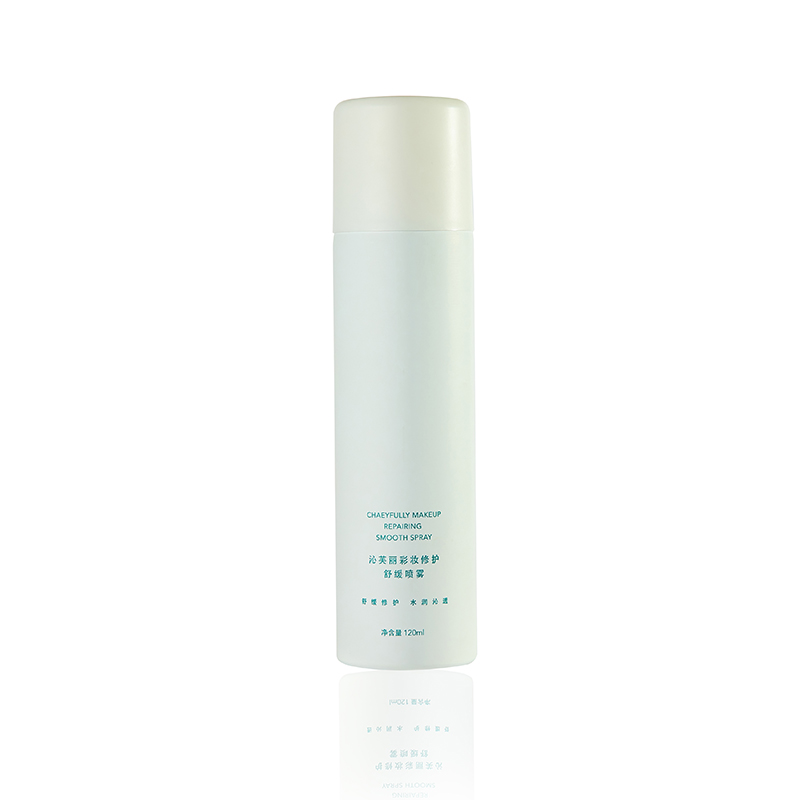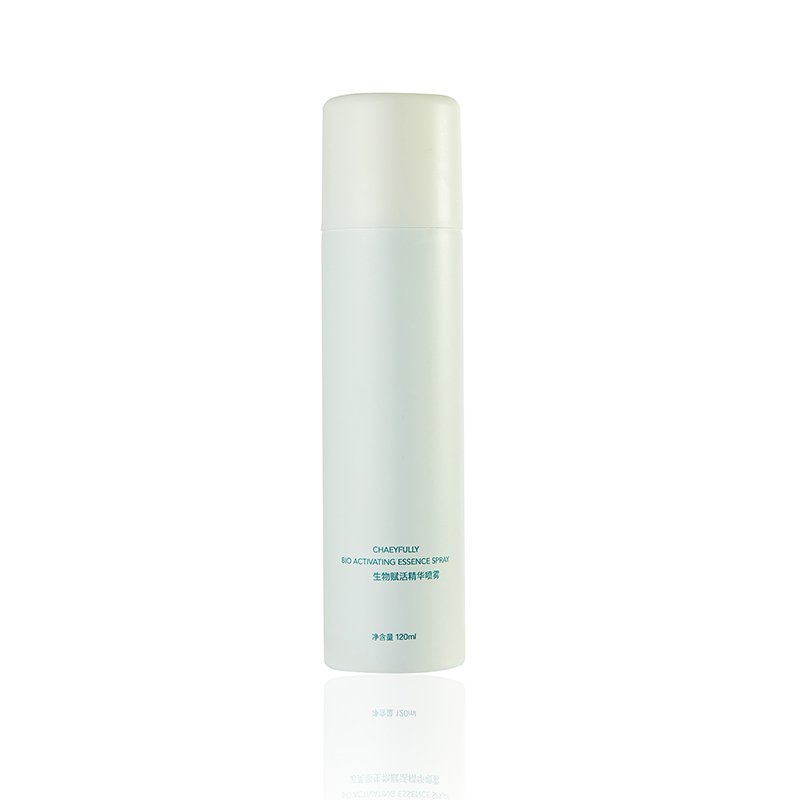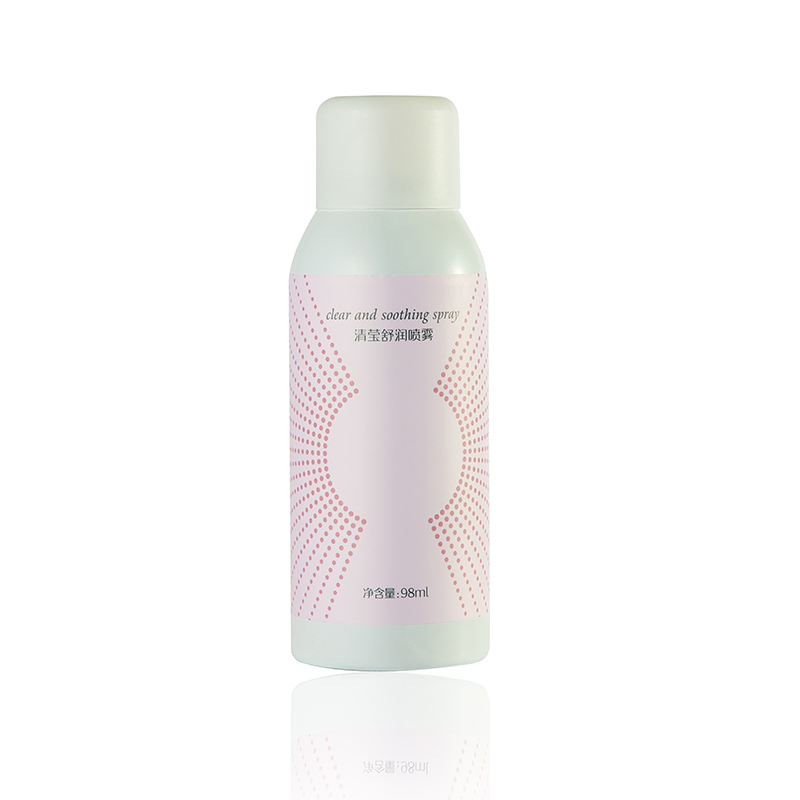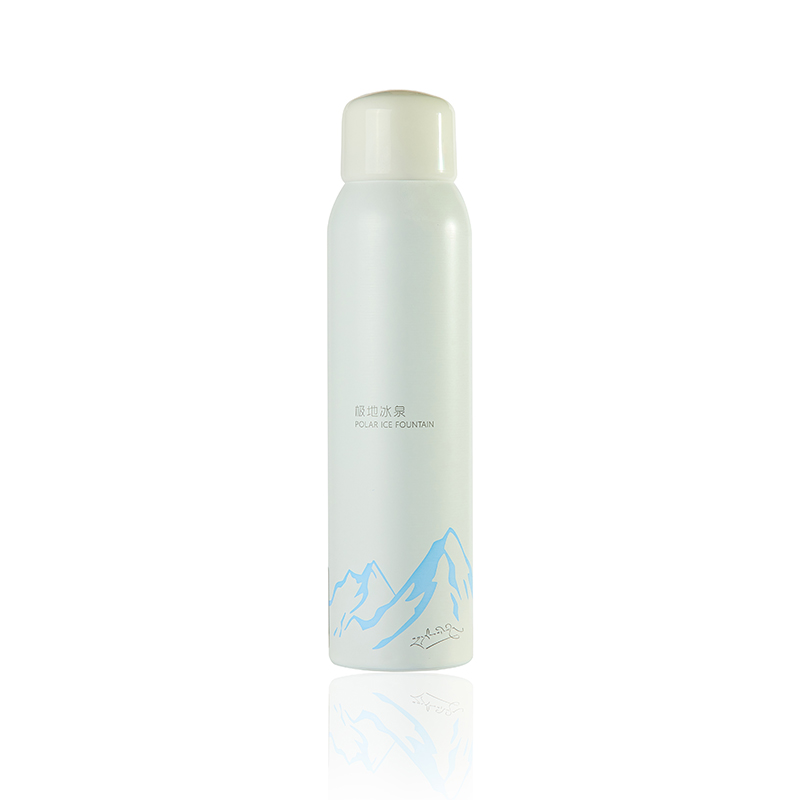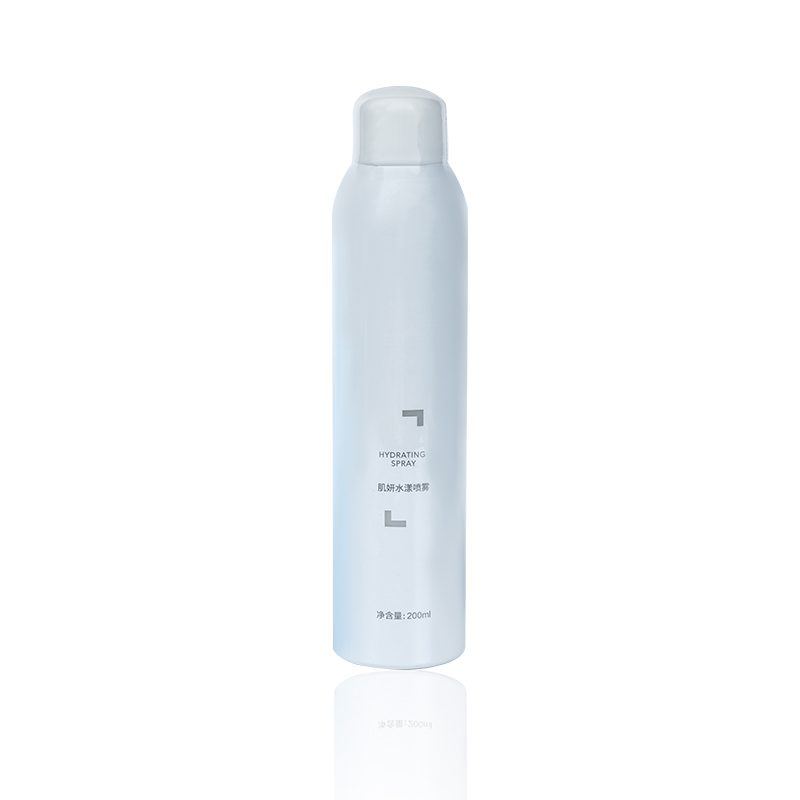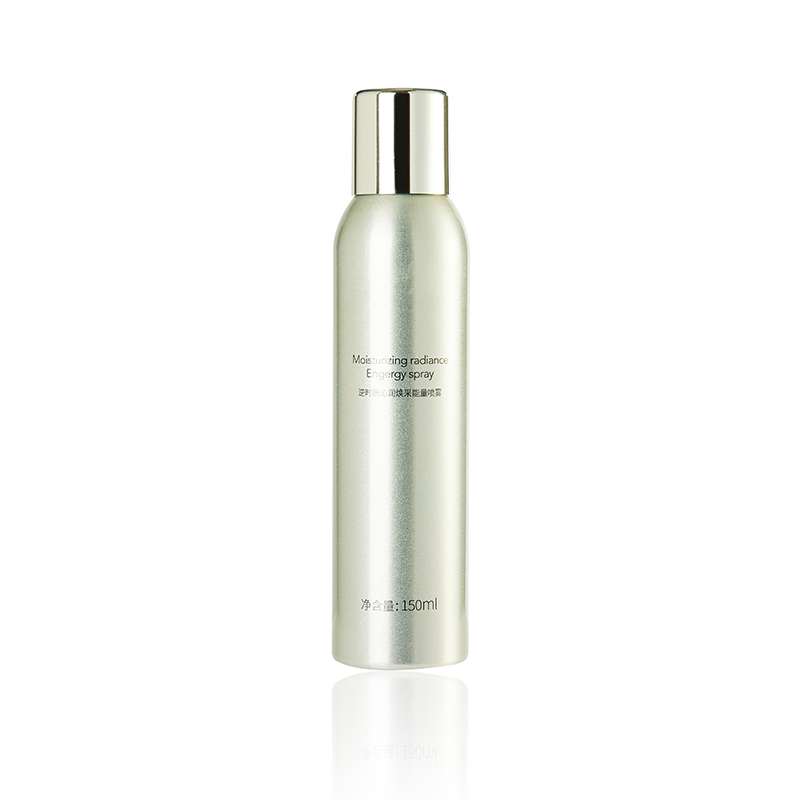In industries across the globe, contamination—whether from chemicals, biological agents, or other hazardous substances—poses a significant threat to workers, the environment, and the integrity of operations. As a result, effective decontamination is essential in maintaining safety and productivity in these environments. Decontamination liquids, which are specialized solutions designed to neutralize or remove hazardous materials, play a crucial role in mitigating these risks. This article explores the importance of decontamination liquids in industrial settings, focusing on their applications, types, and the impact on workplace safety.
What is Decontamination Liquid?
Decontamination liquids are chemical formulations designed to neutralize or remove harmful contaminants from surfaces, tools, and equipment. They are typically composed of a combination of solvents, disinfectants, detergents, and other active ingredients tailored to specific contaminant types. Depending on the industry, these liquids can address everything from biological agents (e.g., bacteria, viruses, fungi) to hazardous chemicals (e.g., acids, alkalis, heavy metals). They are critical for maintaining sanitary conditions and reducing the risk of cross-contamination.
The Role of Decontamination Liquids in Industrial Safety
In industrial environments, the potential for exposure to hazardous substances is high. Workers in sectors such as pharmaceuticals, manufacturing, energy, food processing, and chemical engineering face daily risks from toxic materials, bacteria, and viruses. Inadequate decontamination can lead to:
Health hazards: Prolonged exposure to toxic chemicals or biological agents can cause acute or chronic health issues, including respiratory diseases, skin conditions, or even life-threatening illnesses.
Contamination spread: Contaminants can spread through equipment, tools, and surfaces, leading to cross-contamination and a breakdown of operational integrity.
Regulatory compliance failures: Many industries are subject to stringent health and safety regulations. Failure to properly decontaminate equipment and surfaces can result in legal penalties and damage to reputation.
Decontamination liquids are therefore essential in minimizing these risks and ensuring the safety of both employees and the surrounding environment.
Key Applications of Decontamination Liquids in Various Industries
Pharmaceutical Industry
In pharmaceutical manufacturing, contamination can have catastrophic consequences, compromising drug quality and safety. Decontamination liquids are used to sanitize production areas, equipment, and tools, removing any potential microbial contaminants that could affect product integrity. The choice of liquid is critical, as it must be effective against a wide range of pathogens, yet gentle enough to avoid damaging sensitive equipment.
Chemical Manufacturing
In chemical plants, workers are exposed to a variety of hazardous substances, from corrosive acids to flammable solvents. Decontamination liquids in these environments must be capable of neutralizing highly reactive substances while being non-reactive themselves. Specialized decontaminants are used to clean spills, decontaminate equipment, and protect personnel from exposure.
Food Processing
Food safety is paramount in the food industry. Decontamination liquids are used to remove harmful bacteria, such as Salmonella and E. coli, from surfaces that come into contact with food products. These liquids are typically food-safe and must be designed to effectively eliminate microorganisms without leaving harmful residues.
Energy and Oil Industry
The energy sector, particularly in oil and gas extraction, deals with hazardous chemicals and materials that can contaminate workers' protective gear, tools, and the surrounding environment. Decontamination liquids are used to clean equipment, mitigate spills, and reduce the risk of chemical exposure to workers.
Healthcare and Laboratories
In laboratories and healthcare facilities, decontamination liquids are crucial in sterilizing surfaces and tools that may have come into contact with infectious agents, biological samples, or chemicals. The effectiveness of these liquids against a wide range of pathogens, including viruses and bacteria, is vital in preventing cross-contamination.
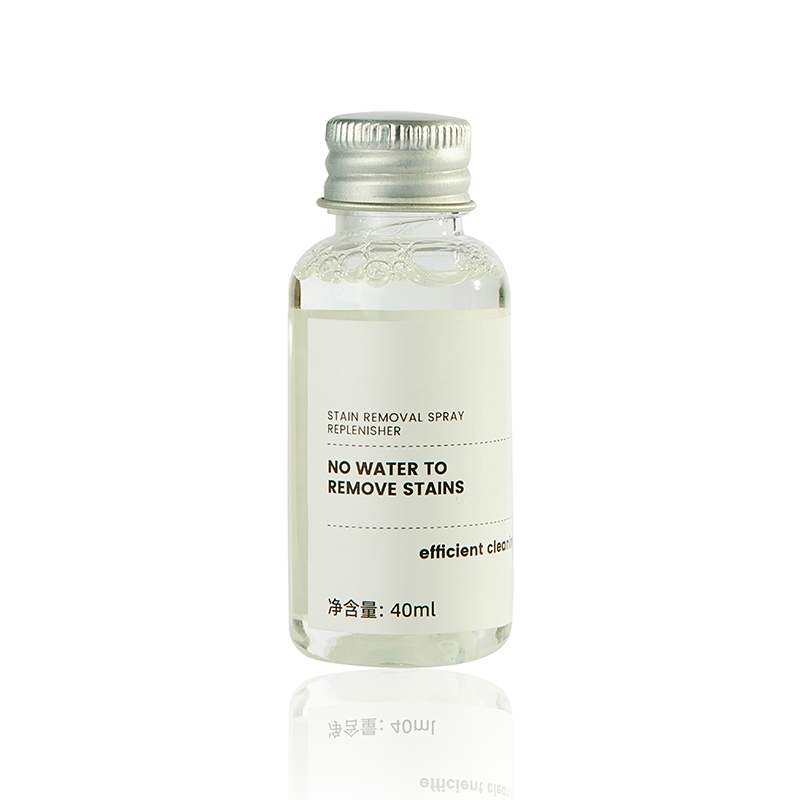
Types of Decontamination Liquids and Their Applications
Disinfectant-based Liquids
These liquids contain active ingredients like chlorine, hydrogen peroxide, or alcohol that kill or deactivate microorganisms. They are widely used in healthcare settings and environments requiring sterile conditions.
Solvent-based Liquids
Solvents such as acetone, alcohols, or specialized chemical agents are often used to dissolve contaminants, making them easier to remove. These are typically used in chemical processing plants, laboratories, or any industrial environment dealing with oils and greases.
Neutralizing Agents
These liquids are designed to counteract acidic or alkaline substances that can cause corrosion or environmental damage. Examples include lime or sodium bicarbonate solutions, often used in chemical spills or accidents.
Biodegradable Decontamination Liquids
Many industries are transitioning to eco-friendly solutions. Biodegradable decontamination liquids are gaining popularity due to their reduced environmental impact, especially in industries like agriculture, food processing, and mining. These products break down more easily in the environment, reducing the risk of long-term ecological damage.
Best Practices for Using Decontamination Liquids
Proper Training
Workers should be trained to handle both the contaminants and the decontamination chemicals. Improper use can lead to accidents or ineffective decontamination. Additionally, personal protective equipment (PPE) must be worn when handling hazardous chemicals.
Choosing the Right Liquid
Different contaminants require different types of decontamination. Industrial facilities should select liquids based on the specific types of contaminants they deal with. A thorough assessment of the risks should guide the choice of products.
Compliance with Regulations
Many industries have regulatory standards that must be followed when using decontamination liquids. For example, the Occupational Safety and Health Administration (OSHA) and the Environmental Protection Agency (EPA) provide guidelines for the safe use of decontamination chemicals. Compliance with these standards is essential for worker safety and environmental protection.
Monitoring Effectiveness
Periodic checks should be made to assess the effectiveness of decontamination procedures. This can include testing equipment surfaces for residual contamination or tracking the success rate of decontamination protocols over time.
Challenges and Innovations in Decontamination Liquid Technology
While decontamination liquids are crucial to industrial safety, challenges remain in optimizing their effectiveness and environmental impact. Issues such as chemical resistance, toxicity, and the high cost of specialized products have spurred research into alternative formulations. Key innovations include:
Smart Decontamination Liquids: New formulations are being developed to respond dynamically to changing conditions. For example, self-regenerating liquids that continue to break down contaminants over time could reduce the need for repeated applications.
Green Decontaminants: With increasing pressure to reduce environmental footprints, manufacturers are exploring plant-based or non-toxic alternatives to traditional chemicals.
Multi-Action Solutions: The development of all-in-one decontamination solutions that can target a broader range of contaminants, from biological to chemical, offers greater convenience and cost-efficiency.
Conclusion
Decontamination liquids are indispensable in ensuring workplace safety across various industrial sectors. Whether it's protecting workers from chemical exposure, preventing microbial contamination in food production, or ensuring regulatory compliance in pharmaceuticals, the role of these liquids is vast and varied. By understanding the different types of decontamination liquids, selecting the right solutions, and adhering to best practices, industries can safeguard both their workers and the environment, fostering a safer, healthier, and more efficient workplace.

 English
English русский
русский Español
Español